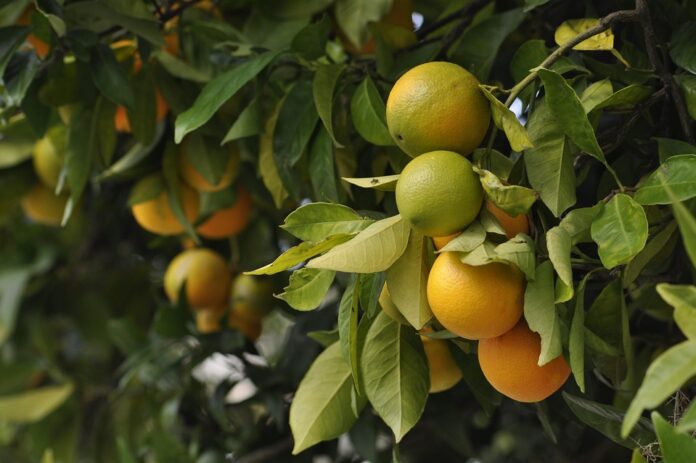**Top 10 Clean-Label Color Additives Used in Plant-Based Foods**
**Introduction**
Clean-label color additives are becoming increasingly popular in the food industry, especially in plant-based foods. Consumers are looking for natural and recognizable ingredients in their food products, leading to a growing demand for clean-label color additives. In this report, we will explore the top 10 clean-label color additives used in plant-based foods, providing insights into their usage, benefits, and market trends.
**1. Beetroot Extract**
Beetroot extract is a natural color additive derived from red beets. It is commonly used in plant-based foods to provide a vibrant red hue. Beetroot extract is rich in antioxidants and has anti-inflammatory properties, making it a popular choice among health-conscious consumers.
**2. Turmeric**
Turmeric is a spice that is known for its vibrant yellow color and health benefits. It is often used as a natural color additive in plant-based foods to provide a golden hue. Turmeric is also a potent antioxidant and anti-inflammatory agent, adding to its appeal in clean-label products.
**3. Spirulina Extract**
Spirulina extract is derived from blue-green algae and is known for its deep blue-green color. It is a popular clean-label color additive in plant-based foods, offering a natural and vibrant hue. Spirulina extract is rich in protein, vitamins, and minerals, making it a nutritious choice for consumers.
**4. Annatto Extract**
Annatto extract is derived from the seeds of the achiote tree and is commonly used as a natural color additive in plant-based foods. It provides a bright orange-red color and is often used in cheese substitutes, plant-based meats, and dairy alternatives. Annatto extract is free from synthetic chemicals, making it a clean-label option for food manufacturers.
**5. Caramel Color**
Caramel color is a natural color additive made from heating sugar. It is commonly used in plant-based foods to provide a brown hue. Caramel color is versatile and can be used in a wide range of products, including plant-based beverages, sauces, and desserts.
**6. Purple Sweet Potato**
Purple sweet potato is a natural color additive that is derived from the vibrant purple flesh of the sweet potato. It is often used in plant-based foods to provide a vivid purple hue. Purple sweet potato is rich in antioxidants and is a popular choice for clean-label products.
**7. Red Cabbage Extract**
Red cabbage extract is a natural color additive made from the purple-red leaves of the cabbage plant. It is commonly used in plant-based foods to provide a pink or purple hue. Red cabbage extract is rich in vitamins and minerals, adding nutritional value to clean-label products.
**8. Paprika Extract**
Paprika extract is derived from dried peppers and is known for its bright red color. It is a popular clean-label color additive in plant-based foods, providing a spicy kick and vibrant hue. Paprika extract is rich in antioxidants and adds flavor and depth to food products.
**9. Carrot Juice Concentrate**
Carrot juice concentrate is a natural color additive made from the juice of fresh carrots. It is often used in plant-based foods to provide a bright orange hue. Carrot juice concentrate is high in beta-carotene and vitamins, making it a nutritious choice for clean-label products.
**10. Chlorophyll**
Chlorophyll is a green pigment found in plants and algae. It is commonly used as a natural color additive in plant-based foods to provide a deep green hue. Chlorophyll is rich in antioxidants and has detoxifying properties, making it a popular choice for clean-label products.
**Market Trends**
The market for clean-label color additives in plant-based foods is growing rapidly, driven by consumer demand for natural and healthy ingredients. According to a report by Grand View Research, the global natural food colors market is expected to reach $2.5 billion by 2025, with plant-based food products accounting for a significant portion of the market.
**Conclusion**
Clean-label color additives play a crucial role in the development of plant-based foods, providing vibrant hues and nutritional benefits. The top 10 clean-label color additives discussed in this report offer natural and healthy alternatives to synthetic food colors, meeting the needs of health-conscious consumers. As the market for plant-based foods continues to expand, clean-label color additives will play an increasingly important role in product development and innovation.


